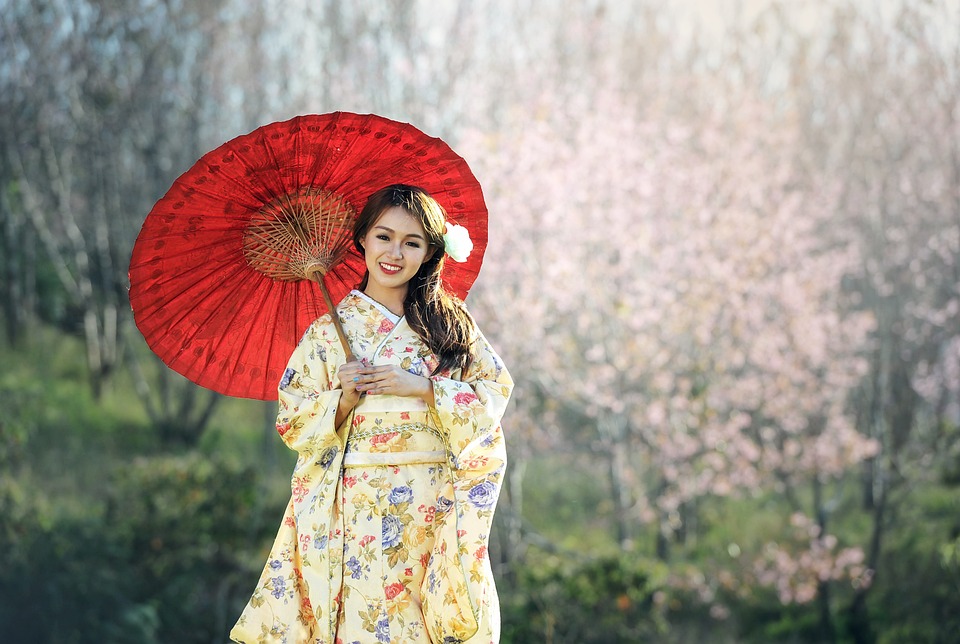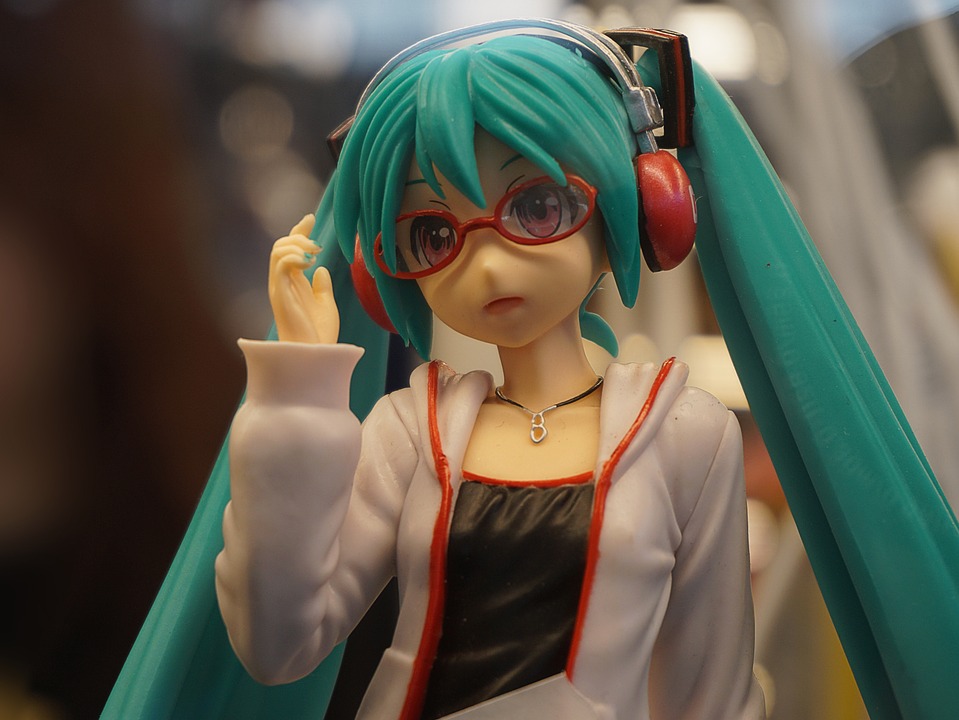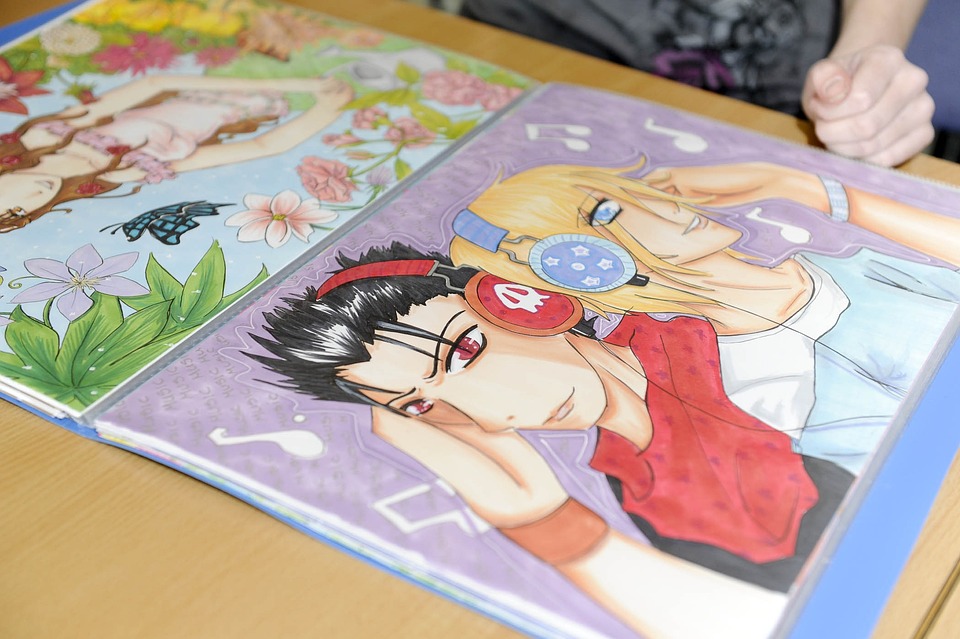The World of Japanese Manga
Japanese manga has become a global phenomenon, captivating audiences all around the world with its unique art style and compelling storytelling. From the iconic works of Osamu Tezuka to the modern classics like “One Piece” and “Attack on Titan,” manga has a rich history and a dedicated fan base.
One of the key elements that sets Japanese manga apart from other forms of comics is the creative process behind it. Manga artists, also known as mangaka, have a meticulous and often grueling process when it comes to creating their work. Let’s take an inside look at the creative process of Japanese manga artists.
Conceptualization
The first step in creating a manga is conceptualization. This is where the mangaka comes up with the idea for their story, characters, and setting. Many mangaka draw inspiration from their own experiences, interests, or observations of the world around them.
Research
Before diving into the actual drawing process, mangaka often conduct extensive research on their subject matter. This could involve studying historical events, visiting real-life locations for inspiration, or even observing people in their daily lives to create believable characters.
Storyboarding
Once the concept is finalized, the mangaka creates a storyboard for the manga. This is a rough sketch of the entire story, broken down panel by panel. Storyboarding allows the mangaka to plan out the pacing, layout, and composition of each page before committing to the final artwork.
Character Design
Character design is a crucial aspect of manga creation. Mangaka spend a significant amount of time designing their characters to make them visually distinct and memorable. This involves creating detailed character sheets that outline each character’s appearance, personality, and backstory.
Backgrounds and Settings
In addition to character design, mangaka also put a lot of effort into creating backgrounds and settings for their manga. This could involve drawing detailed cityscapes, lush landscapes, or intricate interior spaces. The level of detail in the backgrounds can greatly enhance the storytelling and immerse the reader in the world of the manga.
Paneling and Layout
Once the characters and settings are finalized, the mangaka moves on to paneling and layout. This is where the mangaka decides how to divide each page into panels and how to arrange the panels to create a visually appealing and easy-to-follow flow of the story.
Inking and Shading
After the layout is complete, the mangaka moves on to inking and shading. This is where the final artwork is brought to life with clean lines, bold strokes, and subtle shading. Inking and shading are crucial to creating depth, dimension, and mood in the artwork.
Dialogue and Text
Once the artwork is complete, the mangaka adds dialogue, sound effects, and text to the panels. This is where the story truly comes to life, as the characters’ interactions and inner thoughts are revealed through speech bubbles and narration.
Editing and Revision
Before the manga is finalized for publication, the mangaka goes through a rigorous editing and revision process. This could involve fine-tuning the artwork, revising the dialogue, or making adjustments to the pacing of the story. The goal is to create a polished and cohesive final product that will captivate readers.
Publication
Finally, the manga is ready for publication. Many mangaka work with publishers or manga magazines to distribute their work to a wide audience. Some mangaka also self-publish their work through digital platforms or crowdfunding websites.
Feedback and Critique
Once the manga is published, the mangaka receives feedback and critique from readers, fans, and fellow artists. This feedback can be invaluable in helping the mangaka improve their craft and continue to grow as an artist.
In conclusion, the creative process of Japanese manga artists is a complex and intricate journey that involves a combination of artistic talent, storytelling skills, and dedication. From conceptualization to publication, mangaka pour their hearts and souls into creating captivating and entertaining manga that resonates with audiences around the world. Next time you pick up a manga, take a moment to appreciate the incredible creative process that went into bringing that story to life.











Leave a Reply